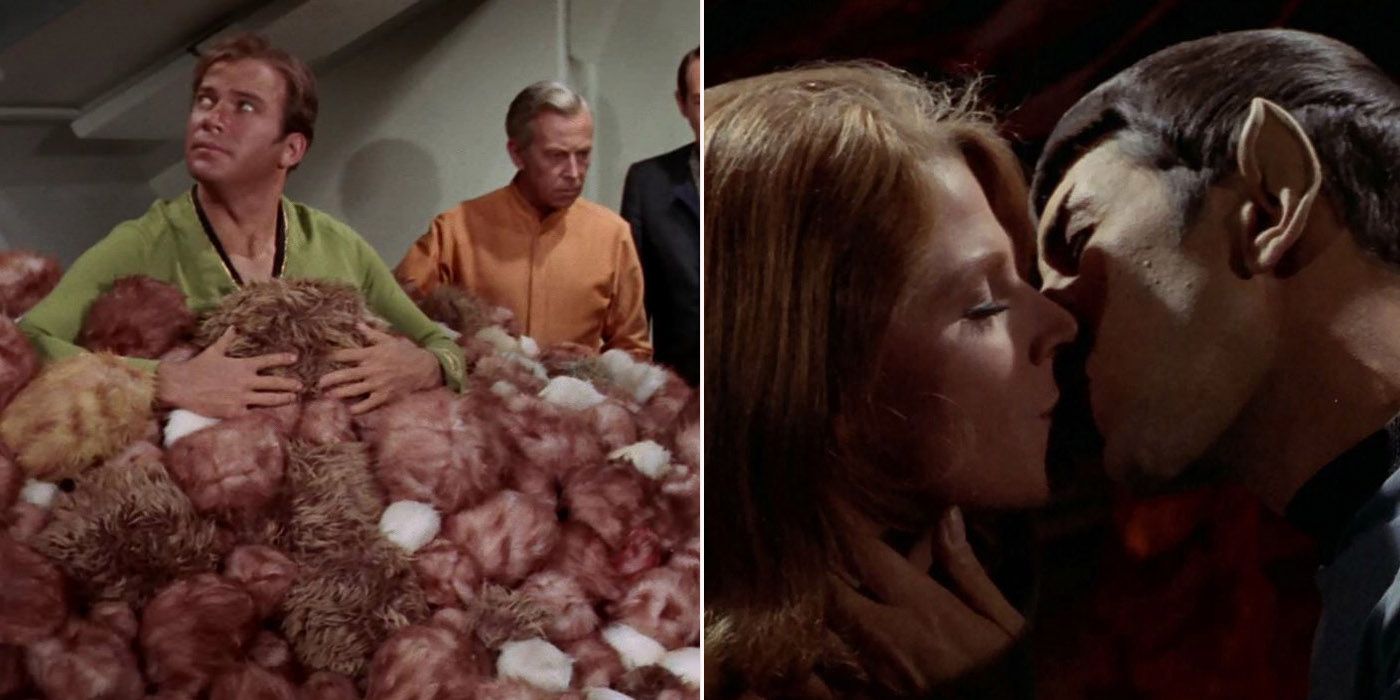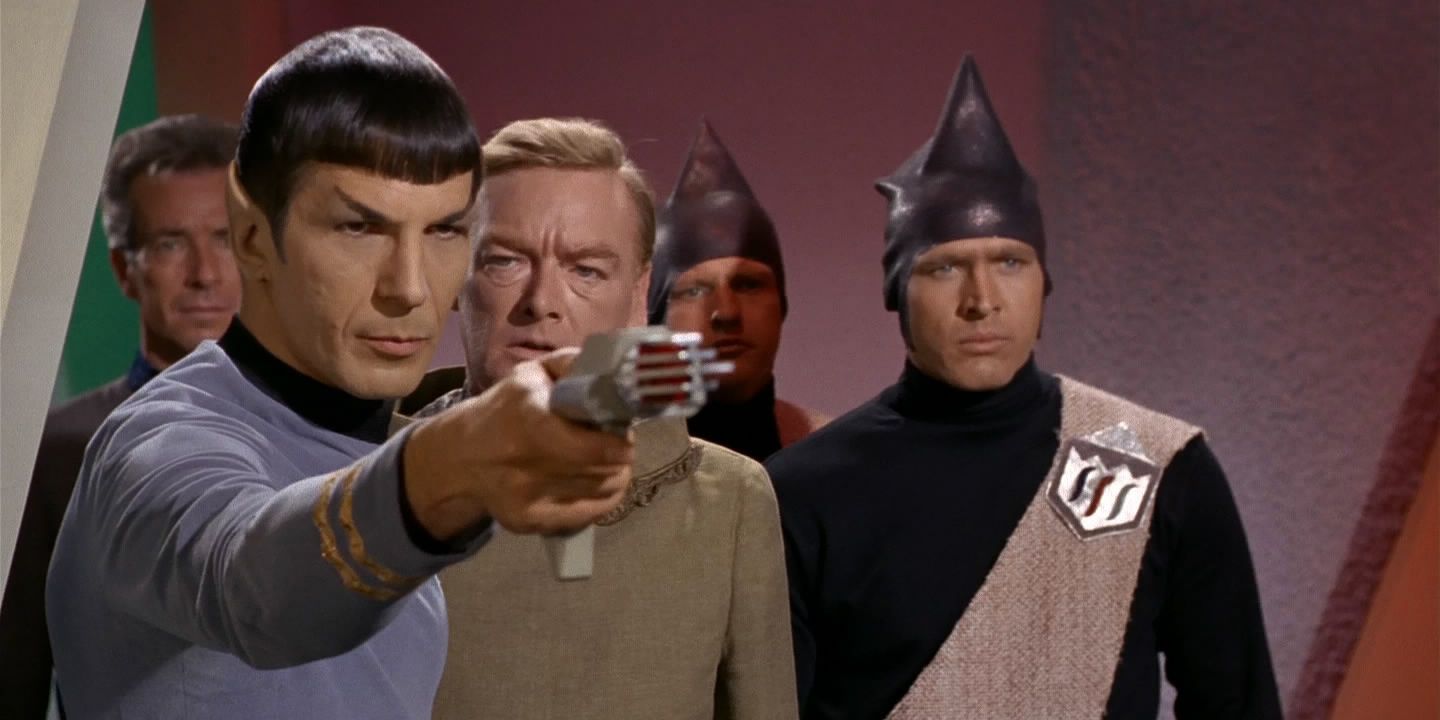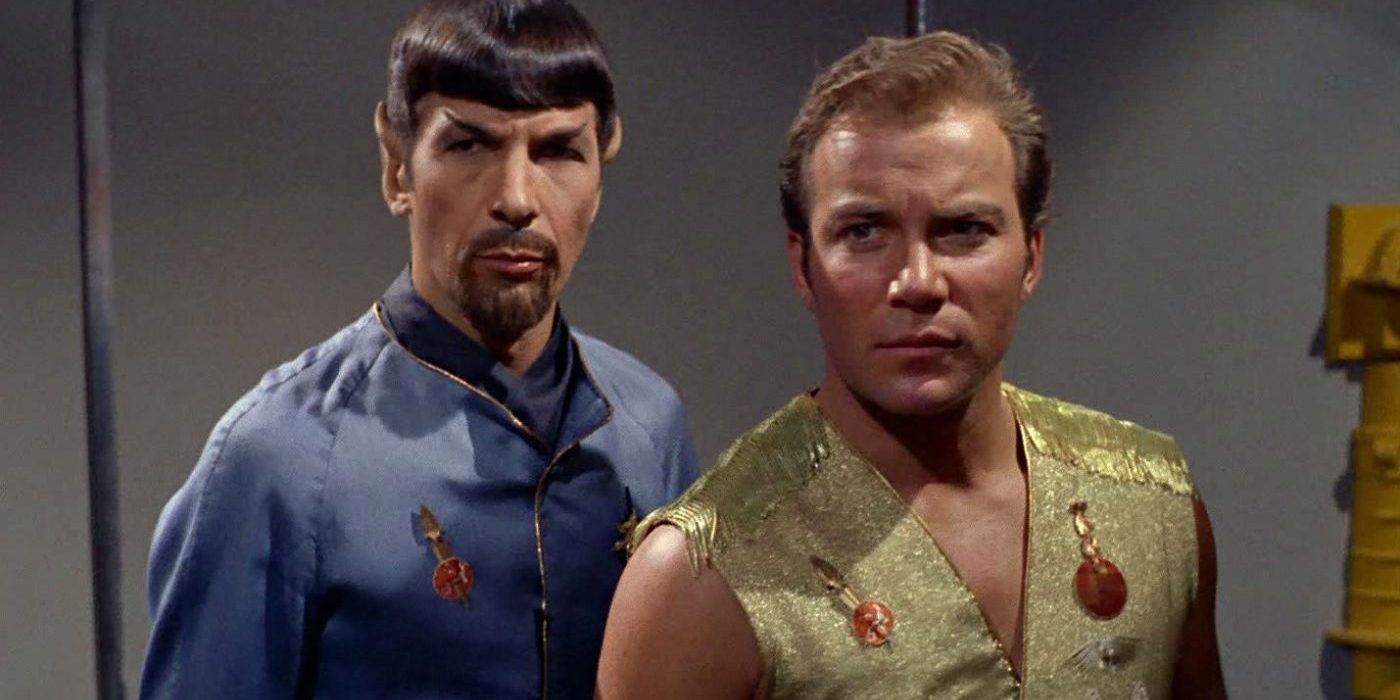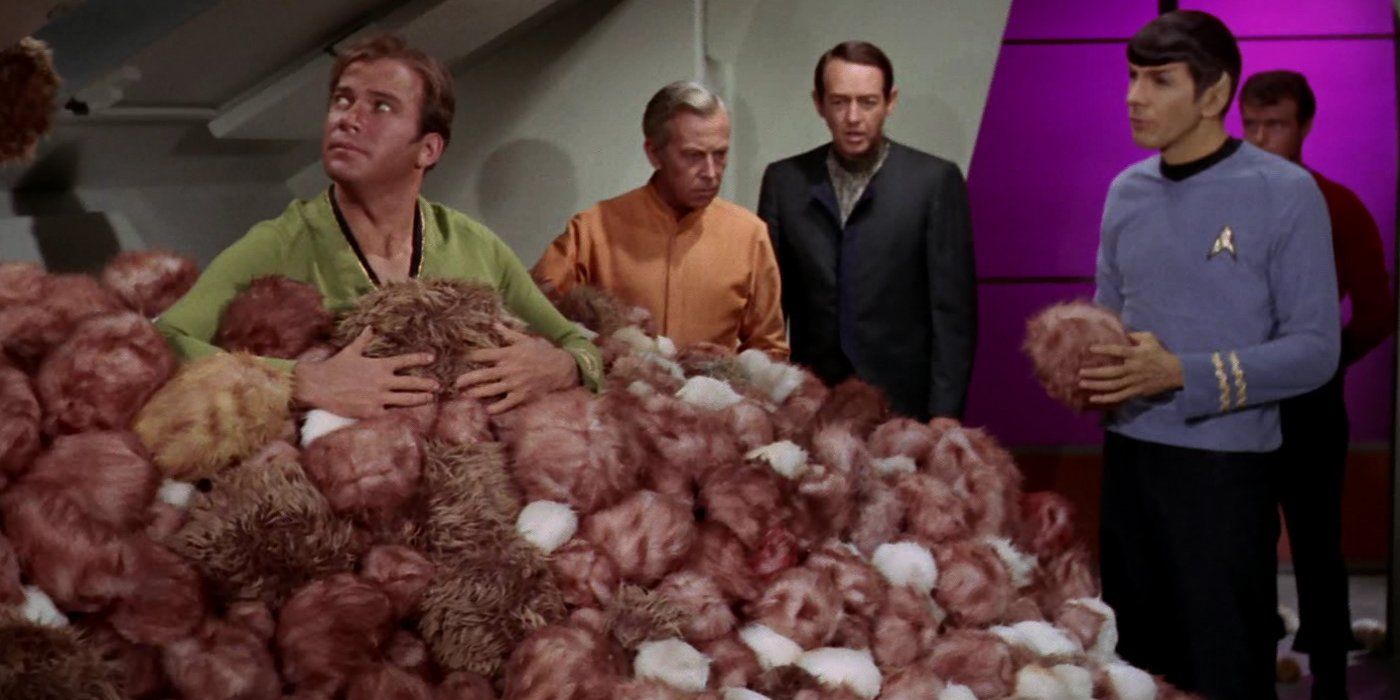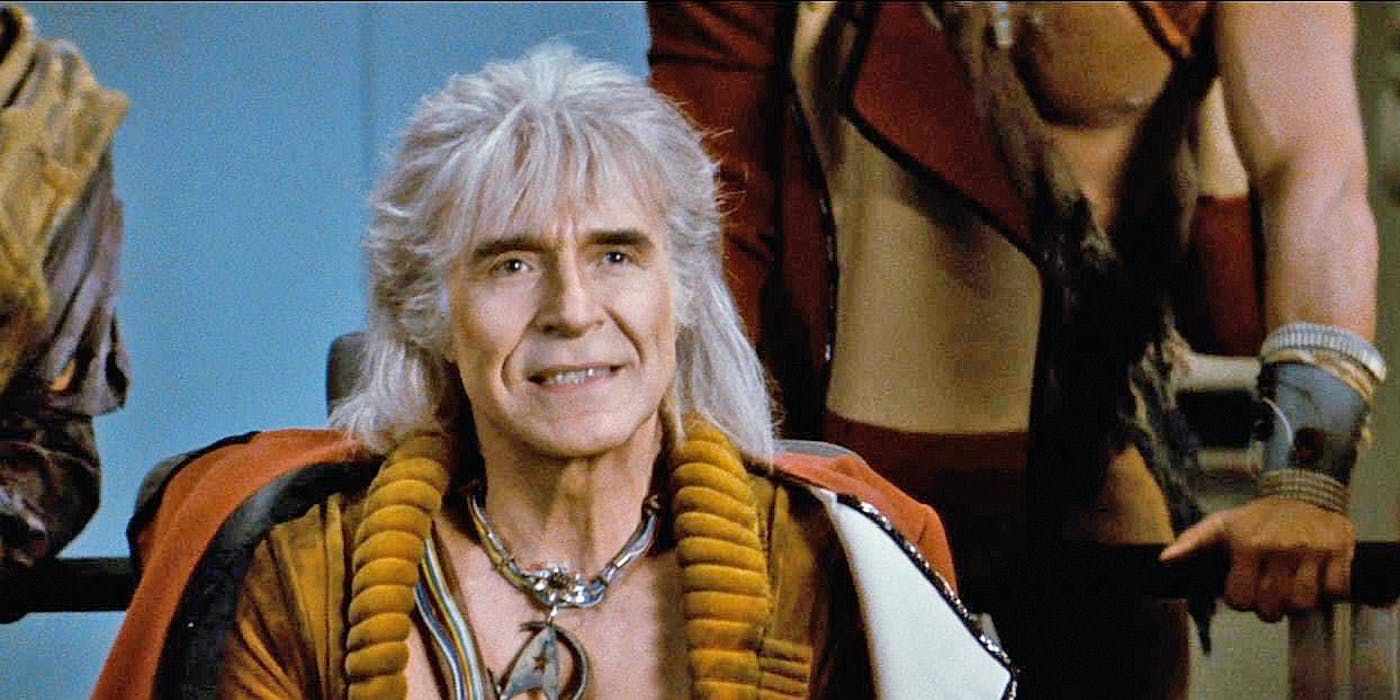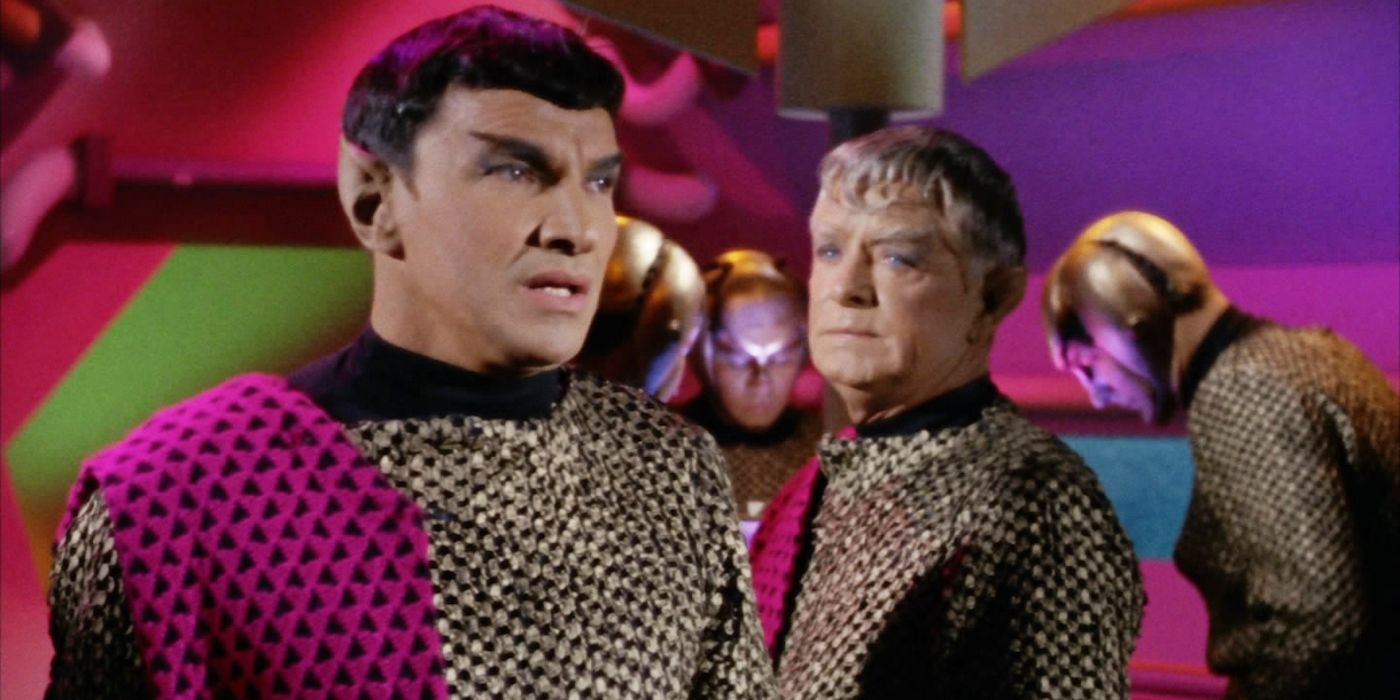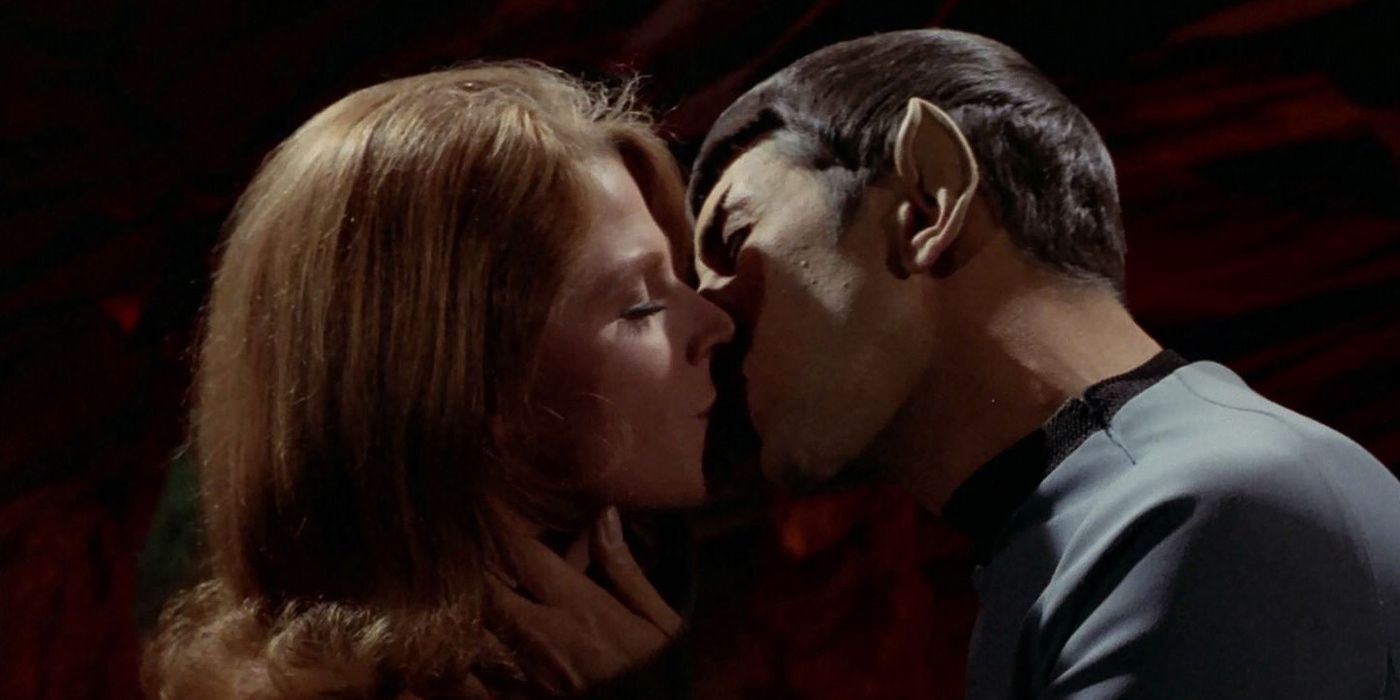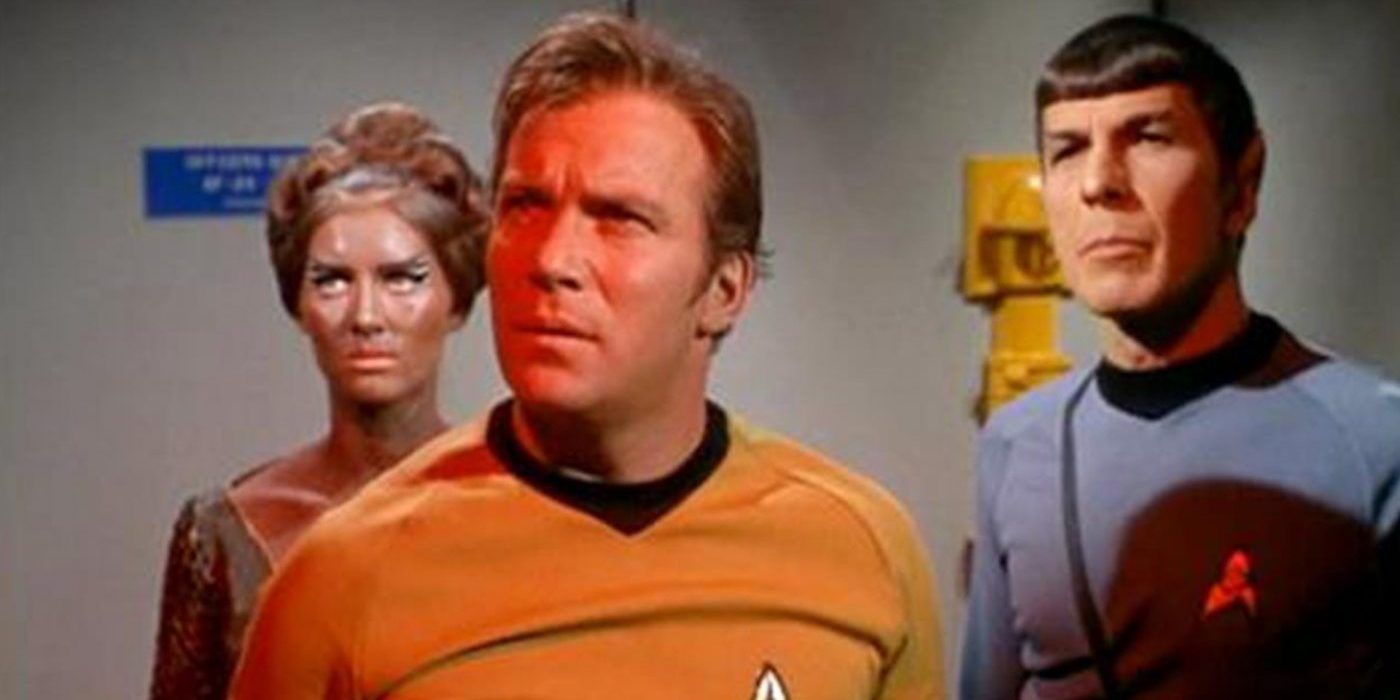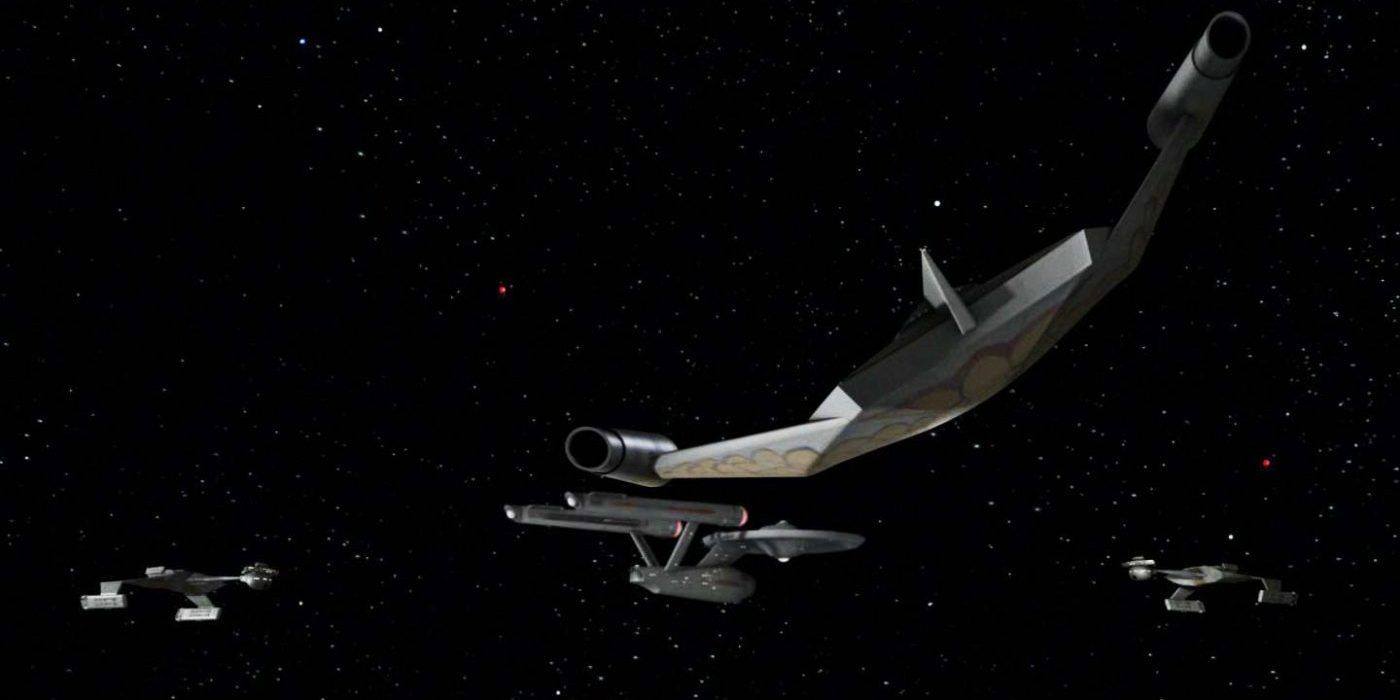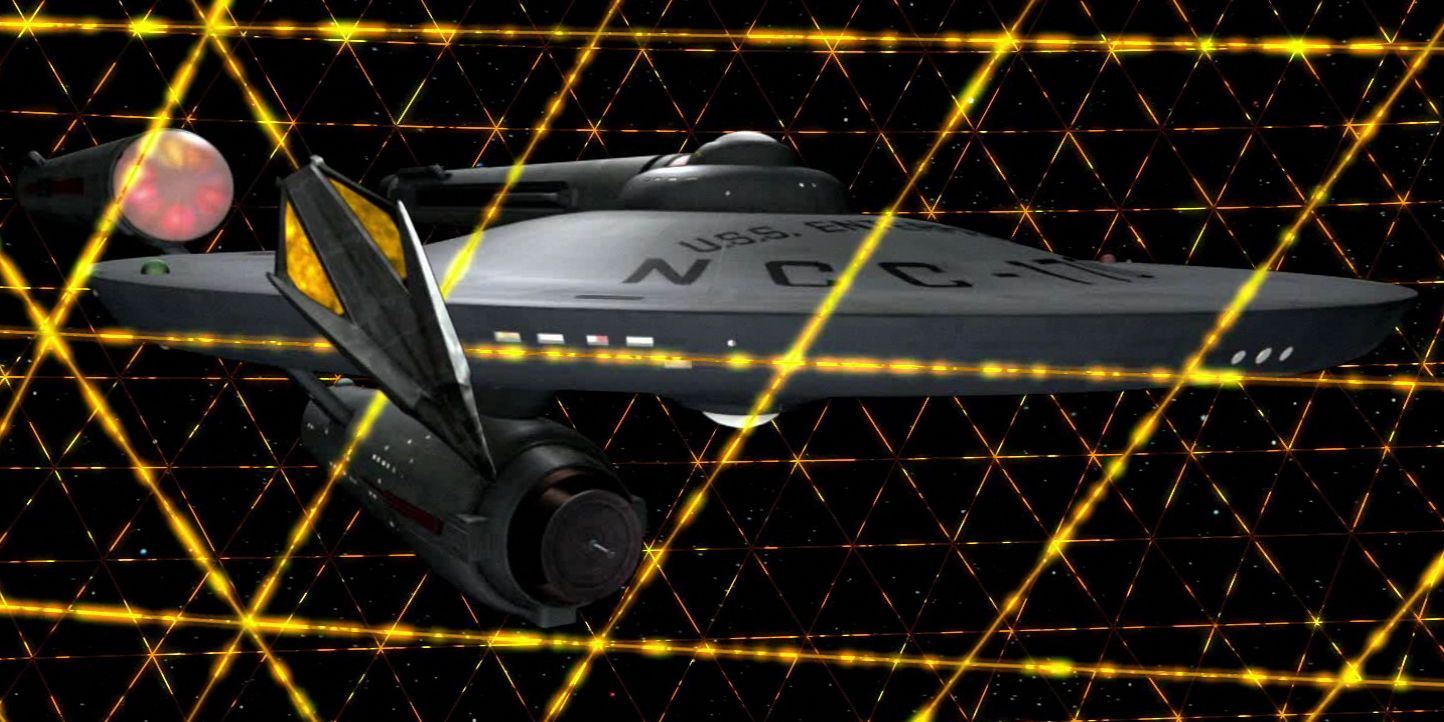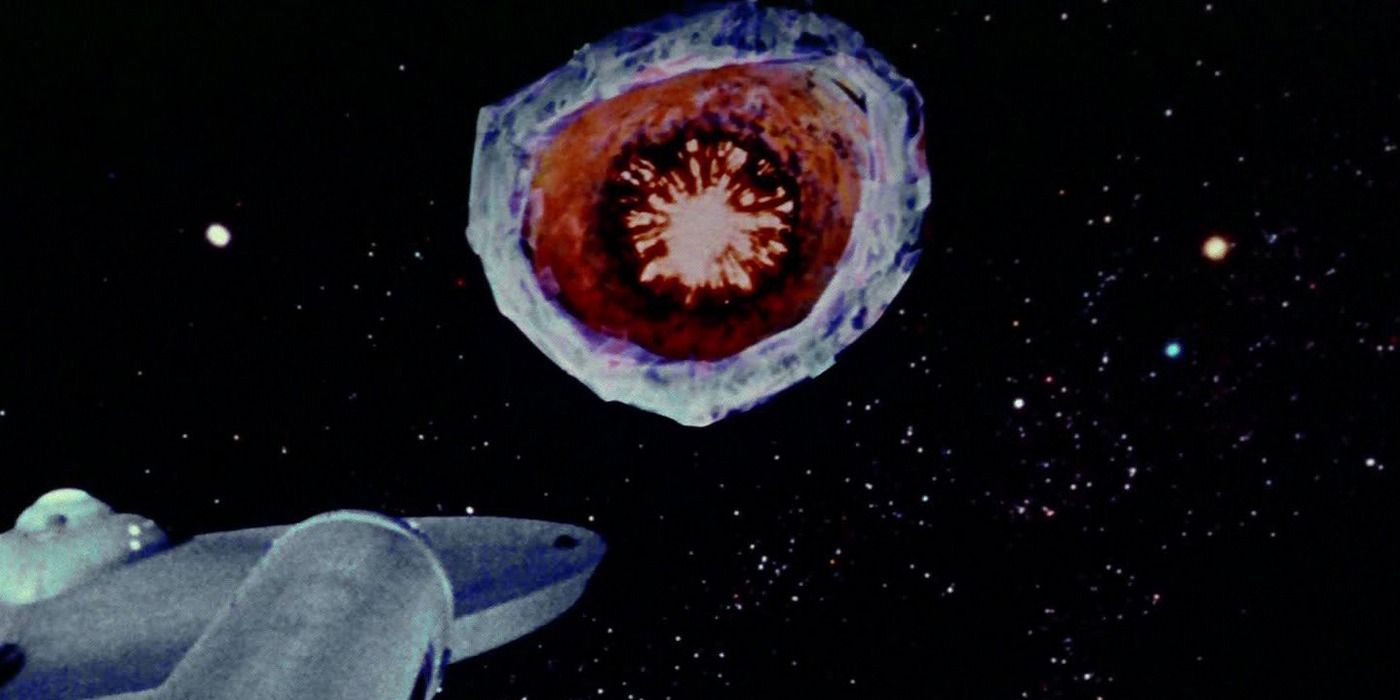Many fans and purists of the original Star Trek were left dismayed by J.J. Abrams’ foray into the mythology. If not by the first go around, certainly by the time the sequels came out. It became harder to argue that the characters simply hadn’t become their definitive selves quite yet. However, it’s equally tough to argue that Abrams’ entries aren’t successful sci-fi adventure movies, and probably produced many new Trekkies.
Abrams infused the franchise with an incredible amount of style, comedy, and brisk action. At once, this troubled some about the spirit of the original and made the lovable characters more accessible for others. Let’s review some episodes in the middle ground, where everyone can enjoy Star Trek together.
A Taste of Armageddon
This is an interesting piece of science-fiction, in general. Roddenberry’s original show focused predominantly on the problems that arise between two culturally disparate people. In this case, two planets are at war with each other but have an intriguing method for murder. In order to preserve their cultures and cities, computers decide who will die.
Each planet has agreed that those selected will voluntarily disintegrate themselves. That’s a problem when the bureaucratic foolishness of an ambassador forces the Enterprise into the locals’ invisible battle. The episode effectively balances solid pacing with rumination. The story explores the ethics of our heroes’ interference and the inhumanity of technology making war all too easy. We also get a number of close escapes.
Mirror, Mirror
This is the episode with the parallel universe, wherein evil counterparts for each character are established. True, it isn’t the most original sci-fi story but what makes this episode so interesting is the exploration of potential villainy in our heroes and the Federation. Truthfully, many of their missions result in questionable influence, already.
It isn’t just intriguing to see our heroes acting so differently. It’s fascinating to consider the dark potential of those who must disguise themselves in the parallel universe of ruthless cruelty. The episode has a breakneck pace, isolates our heroes in a nightmarish scenario, and allows the actors to flaunt their range. Also, the fight with Spock is a rewarding fan service, given his Vulcan reputation.
The Trouble with Tribbles
One would be hard-pressed to disregard this episode, despite the intentional surplus of silliness. Tribbles have a brief appearance in Star Trek Into Darkness as guinea-pigs for Khan’s death-cure blood but originally, they were a hilarious threat to the Enterprise.
In this classic episode, some fuzzy precursors to Gremlins threaten a shipment of grain necessary for the Federation’s political goals. The entire episode is played for laughs, so if you don’t go into it with that mindset, you’ll be disappointed. This may be harder for newer fans, but conceptually, this episode is a must. Playful cheesiness and camp are significant ingredients of the original series.
Space Seed
Khan is one of the most famous science-fiction villains of all time, first established in this iconic episode. In fact, even those who have never seen a single Star Trek episode are probably familiar with him.
Khan is a cunning antagonist, first depicted by Ricardo Montalban, and later by Benedict Cumberbatch in Star Trek Into Darkness. He is memorable because the best hero is defined by a clever, intriguing villain. Also, the origin of Khan and his people is absolutely staggering.
To discuss Eugenics and selective breeding was probably pretty edgy for the time. The mythology and pacing of this episode are spot on, and any Abrams fan should see the inception of Khan.
Balance of Terror
In many instances, the original Star Trek succumbs to a campy tone that just isn’t accessible to newer audiences. Although it’s charming for fans, it hasn’t dated well for more casual viewers. So, the easiest episodes to watch are those which take themselves seriously.
This episode has great pacing and familiar elements from the new films. It features the Romulans, the Neutral Zone, and a thrilling battle. The chess match between the Enterprise and the enemy Romulan is truly engaging, almost akin to The Wrath of Khan. The episode moves swiftly and adds mythology that is both crucial and compelling.
All Our Yesterdays
This was actually the penultimate episode of the series altogether and overcomes the negative reputation of season three. It’s another time travel story, which doesn’t treat our heroes well. Kirk, Spock and McCoy are separated by a time machine after beaming down to help a doomed planet. It’s actually a fascinating premise, that an entire population has escaped their impending destruction by fleeing to their past.
Beyond the superficial level, Spock’s regression is actually somewhat interesting. The ticking clock allows for some great tension, and the atmosphere of the heroes’ grim predicament is really effective.
Day of the Dove
"Kang" wasn’t an alien on The Simpsons first, but a Klingon threat on Star Trek. In this episode, humans and Klingons are pitted against each other at the behest of an alien that feeds on hate.
Thematically, it’s rather on the nose, to be sure but the situation itself is cleverly written and allows for some very stark moments. Undoubtedly, the suggestion that Chekov has vengefully attempted to sexually assault the enemy leader’s wife is highly disturbing. But there’s plenty of hand-to-hand combat to balance out the blunt conversation about racism, hate and war.
The Enterprise Incident
This is a very interesting story, wherein Kirk himself seems to have completely lost his mind. It isn’t some parallel alter ego—the familiar Kirk has thrust the Enterprise right into the Romulan Neutral Zone. This episode is most interesting because we are meant to doubt Kirk, but also assume a secret intent.
It’s really intriguing to see the heroes carry out a mission of espionage, attempting to steal a Romulan cloaking device. Also, Spock’s relationship with the Romulan commander is probably his most interesting pseudo-romance, due to its nuance. She also makes great points about his Vulcan abilities, and it’s plausible that Spock’s logic might cast disloyalty. Overall, this episode is all suspense, both written and acted surprisingly well.
The Tholian Web
This episode begins with a brilliant mystery, finding the entire crew of the Enterprise’s sister ship “Defiant” dead. There’s also the fun ticking clock of the titular web itself, wherein Tholians will trap the Enterprise in unstable space. Two parallel dimensions’ strife has caused Kirk to apparently phase out of existence. Spock and McCoy finally settle their differences, while the Enterprise contends with the Tholians.
This episode includes all the best elements of Star Trek. The sci-fi is genuinely interesting and more unique than landing on yet another unfriendly planet. The character development is stirring, and honest. It’s a great message about overcoming personal issues to achieve a greater good. And of course, the episode moves very quickly.
The Doomsday Machine
This is easily one of the best episodes of the original series altogether. The pacing, set design, and creativity are all far more cinematic than usual. Even the original music and special effects were distinctly nifty.
In this episode, a planet-killing machine threatens to carve a path of destruction through space as it carelessly drifts. A ship was already lost trying to stop it. The lone survivor, its captain, obsessively takes over the Enterprise to recklessly take vengeance on the machine.
The Enterprise is surprisingly fleshed out, and the motivation of the antagonist is uniquely compelling. We also get a superbly white-knuckle story. Everyone on the Enterprise really gets to act as a functioning crew, and the sense of urgency is captured more effectively than ever before. This episode is proof of how well Star Trek can combine thoughtful, brisk storytelling with innovation when firing on all cylinders.

